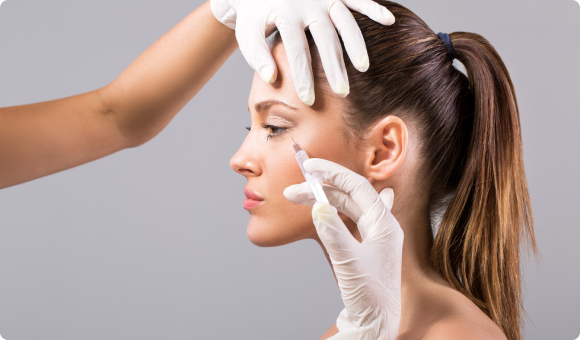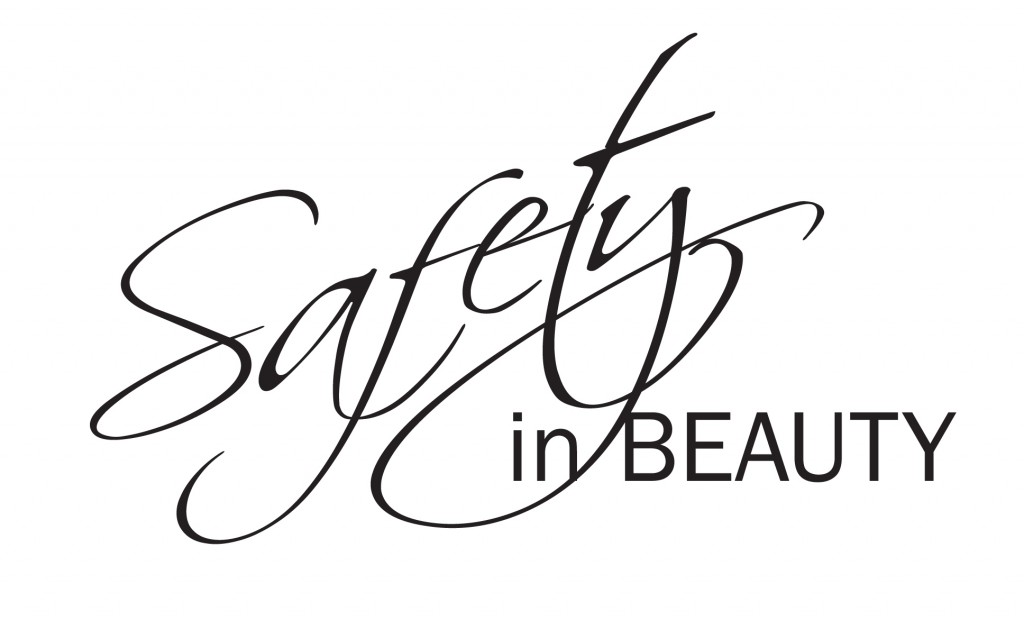
Thinking about dermal filler treatments but not sure where to start?
It’s common to have anxieties about the treatment process and results. Complications or poor results from filler tend to get a lot of publicity on social media, however, in trained and experienced hands it can be a subtle treatment to refresh the face.
Here’s our safety checklist if you’re considering dermal filler treatment and need help looking for a practitioner:
1. Choosing the right practitioner
Choose a medical professional for facial injectables. Why? For their in-depth knowledge of anatomy and skills to manage any potential complications from the treatment (which often involves prescription-only medication).
You can freely search registers online to check doctors, dentists and nurses have an up-to-date licence in their field.
2. Check qualifications, training and insurance
Your practitioner should have specialist training and insurance for injectable treatments. If you don’t see these certificates on clinic walls, you’re welcome to ask to see them!
3. Ask what products they use
The safest fillers to have are those with FDA approval. This means the fillers have undergone rigorous testing and trials to ensure they are safe for use.
4. Avoid trends based packages
Advertising social media beauty trends and offers on injectables ring alarm bells for me. Dermal fillers cannot make you look like a certain celebrity, this is more in the territory of plastic surgery. Fillers are used to enhance your existing features or replace volume lost from the natural ageing process. It’s not possible to pre-package the amount of filler you need to treat everyone’s jawline for example, as the amount of product needed should be decided on after examining your face in the clinic.
5. Consultation To check you’re suitable for treatment
Your practitioner should ask you about your medical and cosmetic history. They must talk through all the potential complications from treatment, whilst most are very rare, you need to know this before agreeing to have any treatment.
6. Examination
A facial assessment helps to tailor the treatment to your anatomy, expectations and ethnicity – absolutely key to keep things looking natural and appropriate for you!
7. Aftercare
Know how to contact your practitioner if you have a problem following your treatment. Most practitioners should offer reviews following treatment just in case you need it. Following aftercare instructions helps to avoid any post-treatment complications
8. Portfolio
Ask to see before and after photographs of their work. Not all patients consent to putting their treatment photos on social media so your practitioner might have a wider range of photos to show in their consultation.
9. Reviews
You can find clinic and practitioner reviews on Google, Trustpilot, Facebook and lots of other platforms. Reading this independent feedback can ultimately help you decide on who to choose for your treatments.
10. Sleep on it
You should never feel pressured to get treatment on the day. Booking a separate consultation and treatment appointment gives you a bit of extra time to process all the information discussed in a consultation. I normally recommend this for those having filler for the first time.
Don’t feel overwhelmed by the above list! With the rise in awareness of safety within the aesthetic industry, lots of independent organisations are doing the above checks on your behalf. The practitioners in the Safety in Beauty Directory are a perfect example of this. Practitioners in this directory have undergone many checks to gain this approval. If you prefer to do your research, you have the above tools to help you make an informed choice.
